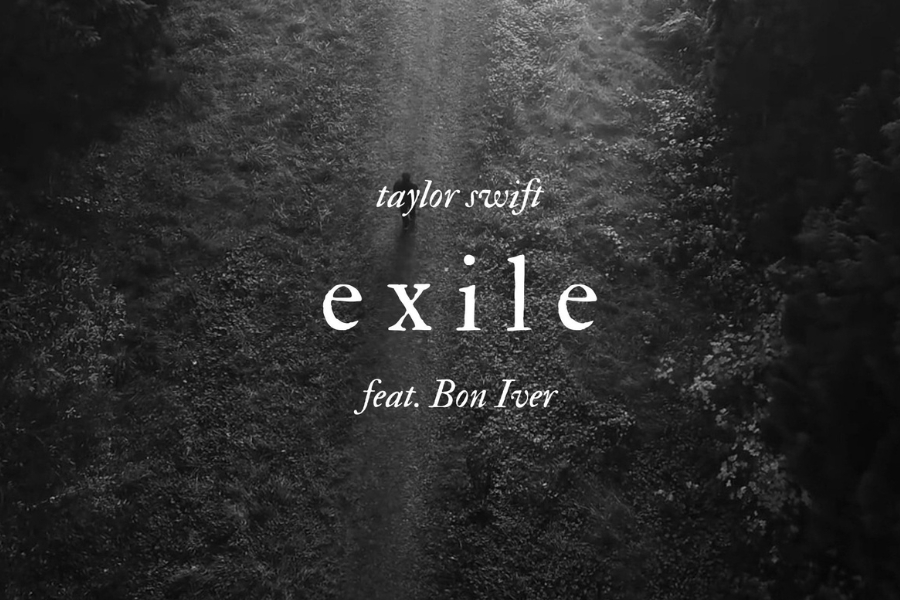Literature has a remarkable ability to transcend time and space when it comes to human feelings, allowing the exploration of common experiences across different cultures and eras. The themes of exile and longing are sorrowful and timeless. They can be found in works ranging from Old English poems to American indie folk music. This essay proposes a comparative exploration of emotional exile as shown in two distinct yet interconnected works: “The Wife’s Lament” and “Exile”.
“The Wife’s Lament” is an Old English poem that finds its roots in the Anglo-Saxon period, full of elegiac content and mood, common in the writings of the time. This was an era marked by significant upheavals, where in this tumultuous environment, it can be assumed that the wife was forced into exile due to a feud. The poem vividly portrays the isolation and suffering experienced by the speaker, a woman forced away from her husband, longing for him. The wife laments her exile, isolation and loss of her Lord in a prevailing melancholic tone.
Released in 2020, “Exile” is a collaboration between Taylor Swift and Bon Iver. The song depicts the emotional aftermath of a failed relationship, capturing the feeling of exile within the confines of a shattered love. The song follows a duet format, with Taylor Swift and Bon Iver’s Justin Vernon lending their voices to create a sense of separation, mirroring the thematic content in the form of the song. The lyrics masterfully explore themes of loss, regret, and the yearning to return to a time when the relationship between the speakers was complete.
Both poem and song capture universal emotions associated with exile, such as the ache of loneliness, the anguish of isolation, and the experience of longing. Despite the cultural and temporal context that separates them, both the Old English poem and Taylor Swift’s song succeed in expressing an experience inherent to the human condition, that is, facing exile from the ones they love. While “The Wife’s Lament” follows an elegiac structure and uses first-person narration to immerse the reader, Taylor Swift employs metaphors, vivid imagery, and melancholic melody to convey the emotional exile of the narrators.
“The Wife’s Lament” and Taylor Swift’s “Exile” belong to vastly different time periods and societies. However, they converge when deeply exploring the theme of exile. Both works convey the universal experiences of isolation, abandonment, and longing for reconnection. In essence, they function as a reminder that the pain of exile and the yearning for reunion to loved ones are enduring facets of the human condition.
